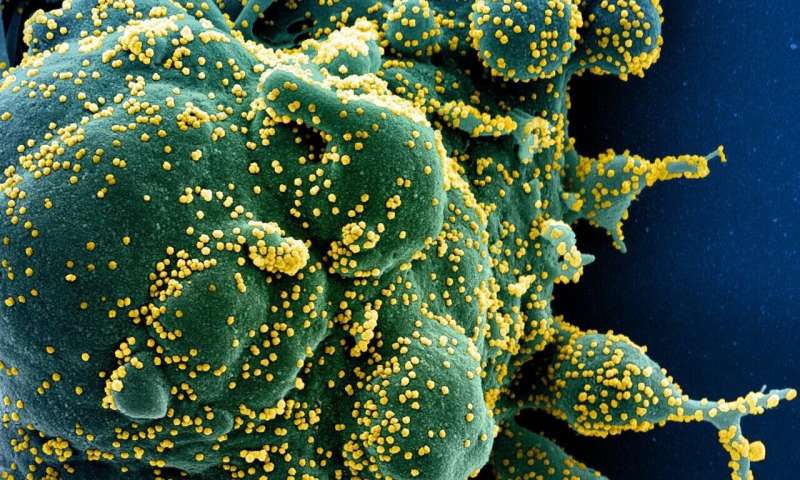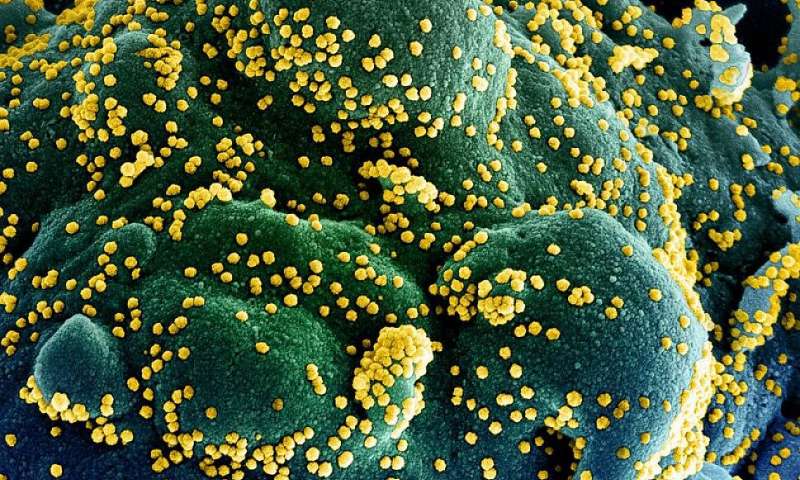
In a new study, Chen-Yu Zhang’s group from Nanjing University presents a rather striking finding that four circulating miRNAs, which are high in healthy people and much lower in older people and diabetic patients, could effectively inhibit SARS-CoV-2 replication by directly targeting the S protein. Serum exosomes containing these miRNAs from young people could strongly inhibit SARS-CoV-2 replication, but this inhibitory effect was attenuated in older people and diabetic patients. Long-term exercise could increase the level of these miRNAs in the blood, offering better protection against the SARS-CoV-2 virus.
Clinical data all over the world have showed that old people and patients with comorbidities have higher risks of developing severe complications and higher mortality rate from COVID-19. However, there is a lack of scientific explanation for this phenomenon. Understanding the potential mechanism underlying the increased susceptibility of elder people and patients with comorbidities to COVID-19 infection is critical for investigating the pathogenesis and estimating the expected global disease burden.
Through high-throughput sequencing and bioinformatics analysis, the group identified four miRNAs (miR-7-5p, miR-24-3p, miR-145-5p and miR-223-3p) that are markedly decreased in the elderly and diabetic groups. They further demonstrated that these miRNAs, either in exosomes or in the free form, can directly inhibit S protein expression and SARS-CoV-2 replication. Serum exosomes from young people can effectively inhibit SARS-CoV-2 replication and S protein expression, while the inhibitory effect is markedly decreased in the elderly and diabetic patients. Moreover, three out of the four circulating miRNAs are significantly increased in the serum of healthy volunteers after 8-weeks’ continuous physical exercise. Serum exosomes isolated from these volunteers also showed stronger inhibitory effects on S protein expression and SARS-CoV-2 replication.
This study demonstrates for the first time that our own endogenous miRNAs could directly inhibit SARS-CoV-2 virus. This is not surprising since the group’s previous studies have already showed that approximately 89% viruses that infect humans could be targeted by human miRNAs (Liu et al., ExRNA, 2019). This new study provides strong and direct evidence supporting the theory that miRNAs, particularly extracellular miRNAs, could function as “RNA defense” and protect cells against foreign nucleic acids. Classic immunology tells us that the mammalian immune system is protein-based and immune protection is provided by antibodies, cytokines, interferons and so on. Studies from the Zhang group indicates that miRNAs are an important component of the endogenous RNA-based immune system to fight virus infection, as exemplified here by SARS-CoV-2. This new understanding of miRNA function may provide new perspectives for prevention, surveillance and treatment of COVID-19.
The study also provides an interesting observation that continuous physical exercise could boost miRNA immunity against SARS-CoV-2, which gives you another reason to hit the gym after work. Working out every day would therefore help all of us, old or young, to stay out of COVID-19’s way.
Details of the study were published in Signal Transduction and Targeted Therapy.
Nanjing University School of Life Sciences


